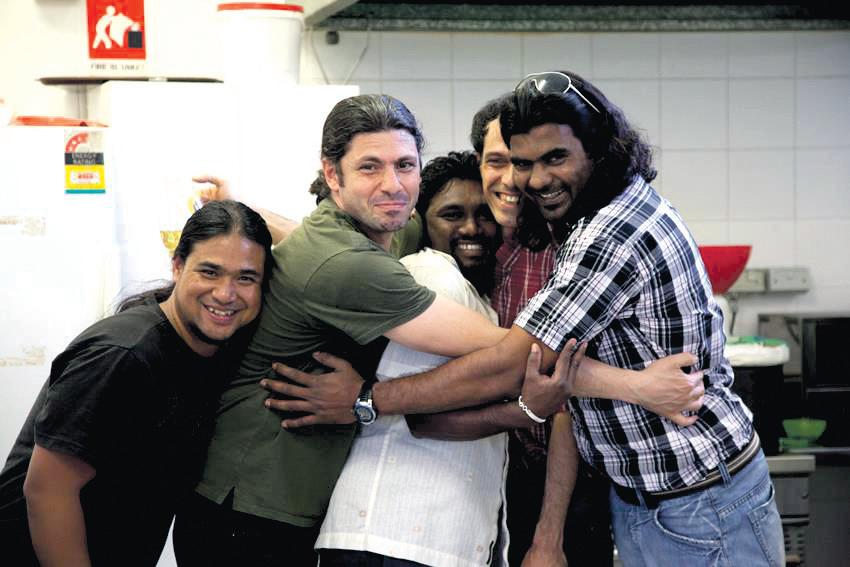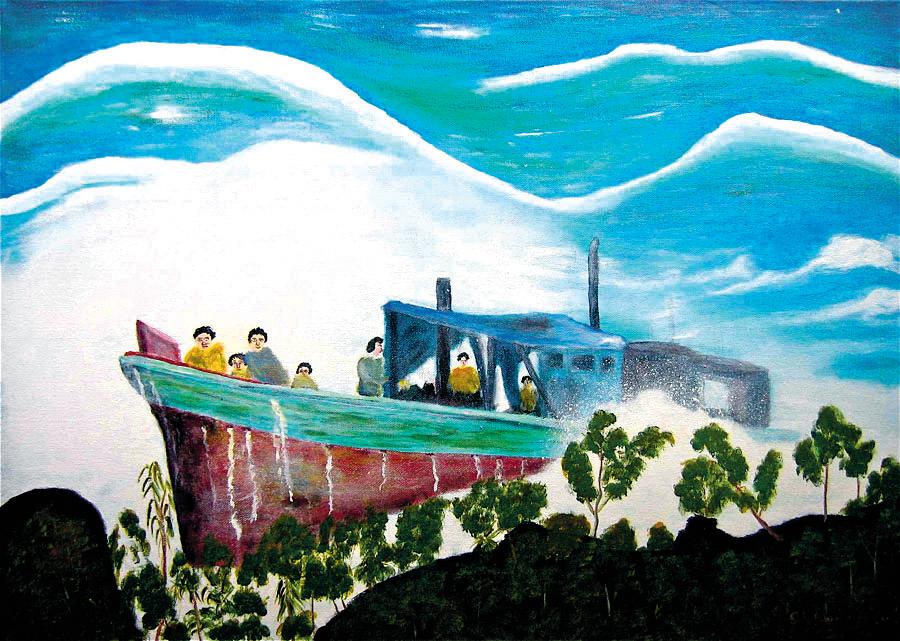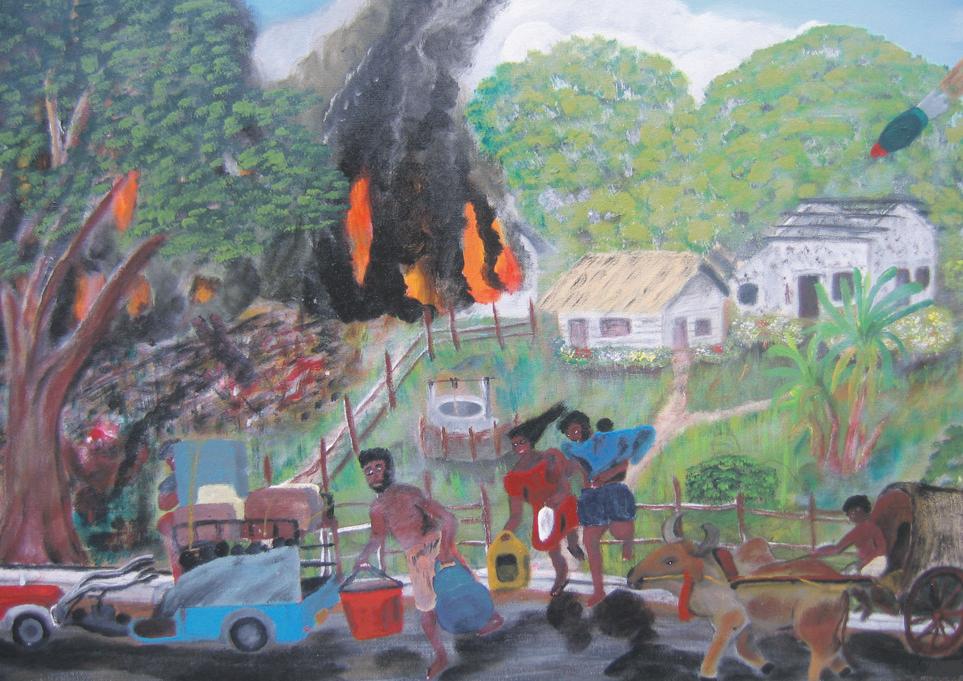
1 minute read
speaks
from 2012-07 Sydney (1)
by Indian Link
impact the project has had on the mental health of detainees at Villawood. “The act of art-making certainly provides a point of immersion during which detainees can forget about their problems, so it is therapeutic in that way,” he said.

Kamalesh agreed. “When I was inside my room, I would always feel tension. But when I attended the art classes in the visitor’s area, I was able to mix with different people and do painting. This made my mind feel relaxed,” he revealed.
But Dr Ahmed made it clear that art therapy cannot significantly improve symptoms of mental illness. “We don’t see much chance of really helping people until they are taken out of the environment that is making them sick in the first place, which is the detention centre,” he said.
Nonetheless, the momentary solace and enjoyment that Kamalesh found when he mindfully engaged in painting was one of the most memorable parts of his time in detention. In fact, he and other detainees who also participated in the art classes and have since been granted visas, continue to maintain links with the project. Some have even had the rewarding opportunity to see their own artworks publicly displayed.
Recently, the project hosted the highly successful Life in Limbo exhibition at the Braemer Gallery in the Blue Mountains. The exhibition, which contains a series of works produced entirely by asylum seekers, will also be displayed in Sydney’s UTS building throughout July and will travel to Melbourne in early October.


Dr Ahmed believes the presentation of these artworks
“We are hoping to get lots of people into the exhibition and really open their eyes to the inspiring talent, perseverance and promise of those who are so unfairly locked away in our detention centres,” said Dr Ahmed.
“The work in this exhibition shows the tenacity, hope and faith of people who have fled the most hellish circumstances to try and forge a new life for themselves and their families, and they should be admired and supported for that,” he concluded.









